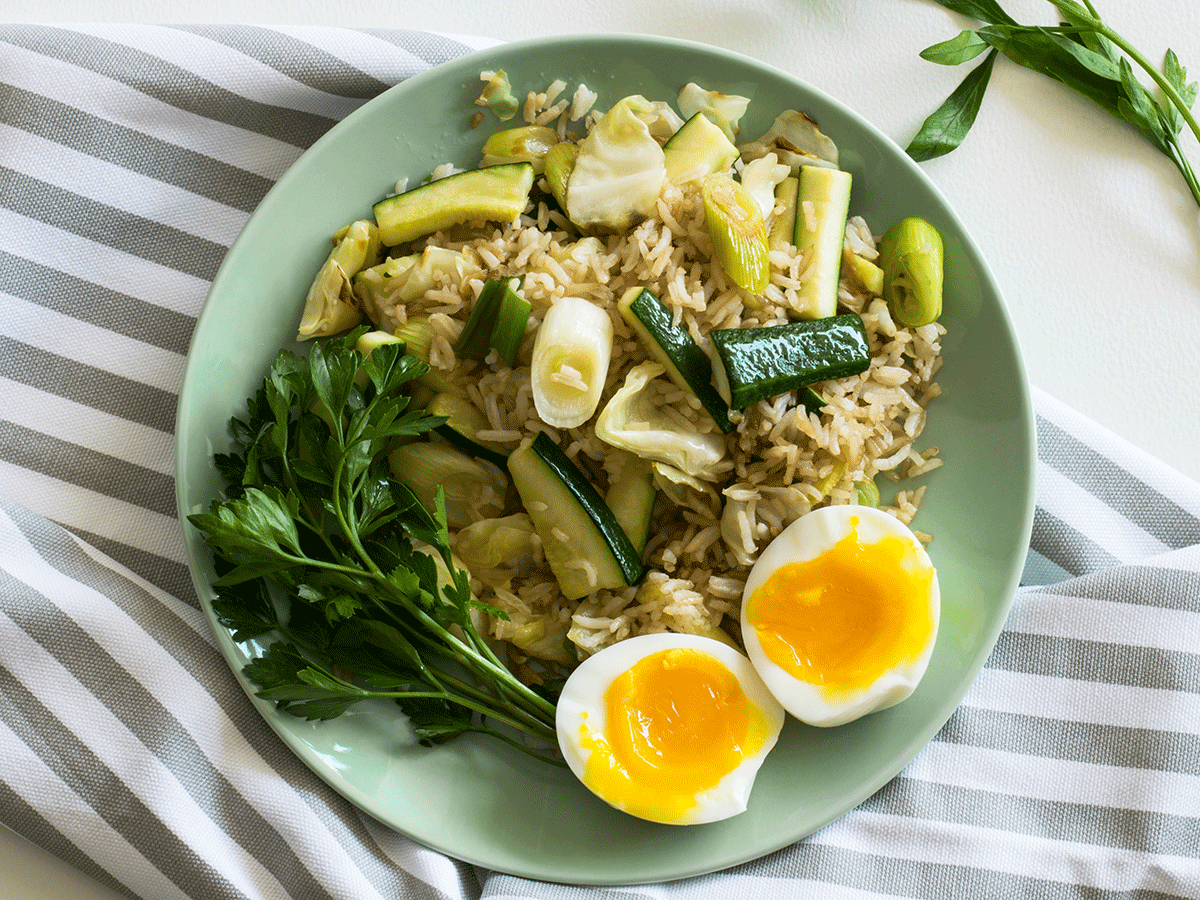
Clean Eating
It’s the season for new beginnings and fresh ideas. So, why not extend that thinking to your diet? Clean eating is easier than you think.
“Clean eating means incorporating real, fresh, whole foods into your diet – foods that are free of additives, preservatives and ingredients you can’t pronounce,” says Peggy Kotsopoulos, holistic nutritionist and author of Kitchen Cures: Revolutionize Your Health With Foods That Heal.
It’s about choosing foods that have not been processed or, if so, are close to their natural state. The benefits of clean eating are pretty impressive: improved health, better weight management and increased energy, says Kotsopoulos. Read on to nudge your eating habits in a healthy direction and clean up your diet.
(Also, check out the clean eating rules to follow stat.)
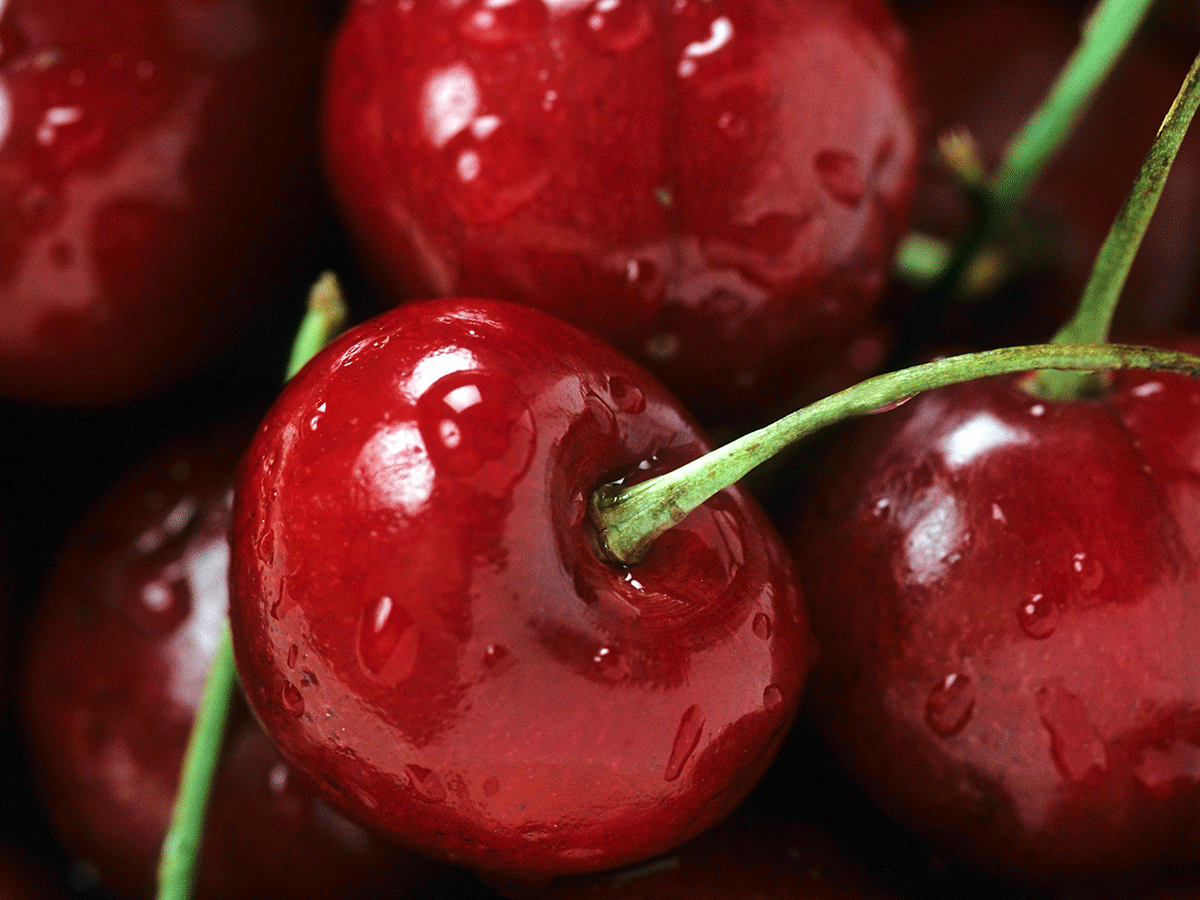
Always wash fruit and veggies
Fruits and veggies need to be cleaned first, even if you’re going to peel them. This is especially true of watermelon, which often goes from the trunk of the car right into the fridge and then onto a platter without being washed. There’s no need to give prewashed greens another rinse. This is the best way to clean pesticides off fruit.
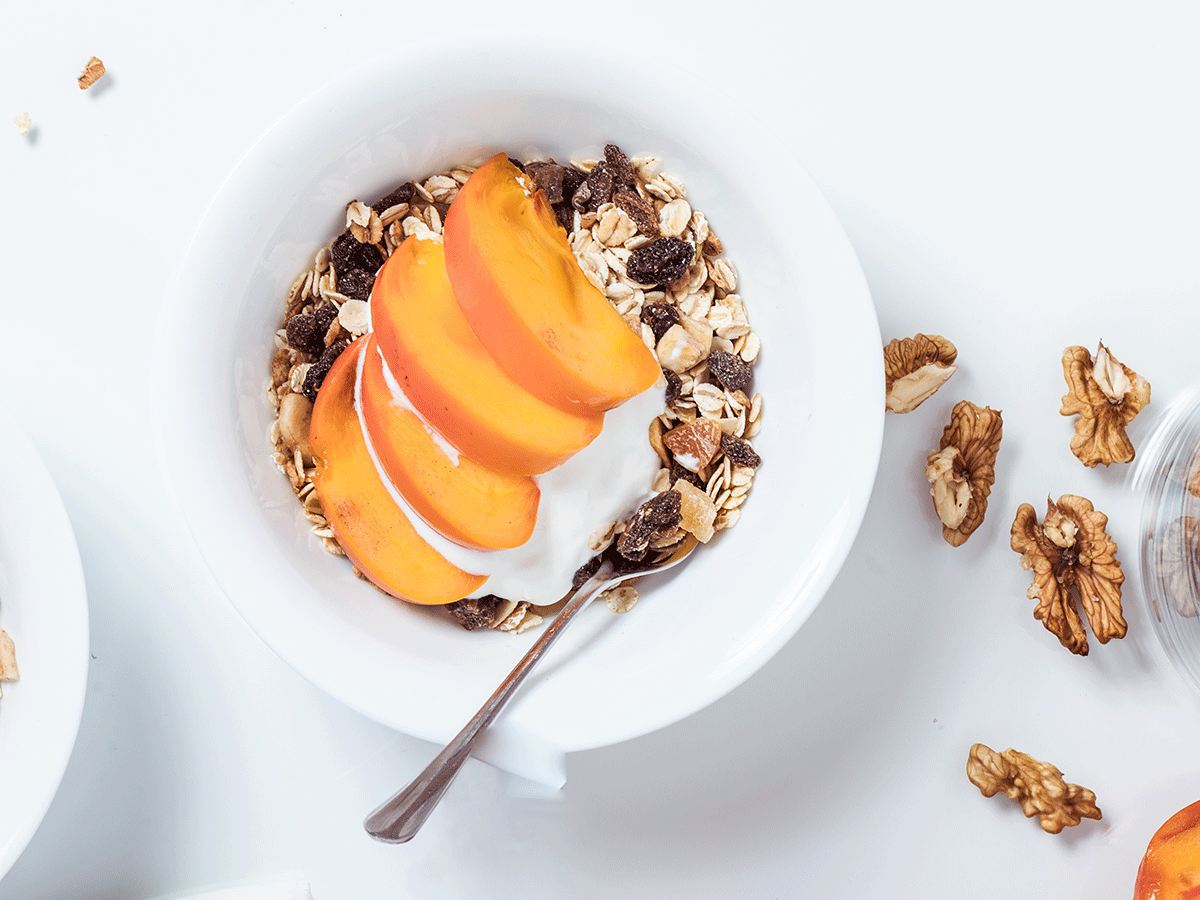
Eat a nutritious breakfast
“It’s best to eat within 15 to 20 minutes of getting up in the morning,” says Rosie Schwartz, a dietitian and author of The Enlightened Eater’s Whole Foods Guide. “If you go longer, your blood sugar may spike when you finally eat, and more insulin may be required to bring it down to normal. High insulin readings go hand in hand with more difficult weight management and other health issues.” Steel-cut oats, plain Greek yogurt and fresh fruit, whole grain toast and natural peanut or almond butter, or an omelette with vegetables are all clean eating choices for your first meal of the day. (Check out these easy breakfast recipes that are super healthy.)
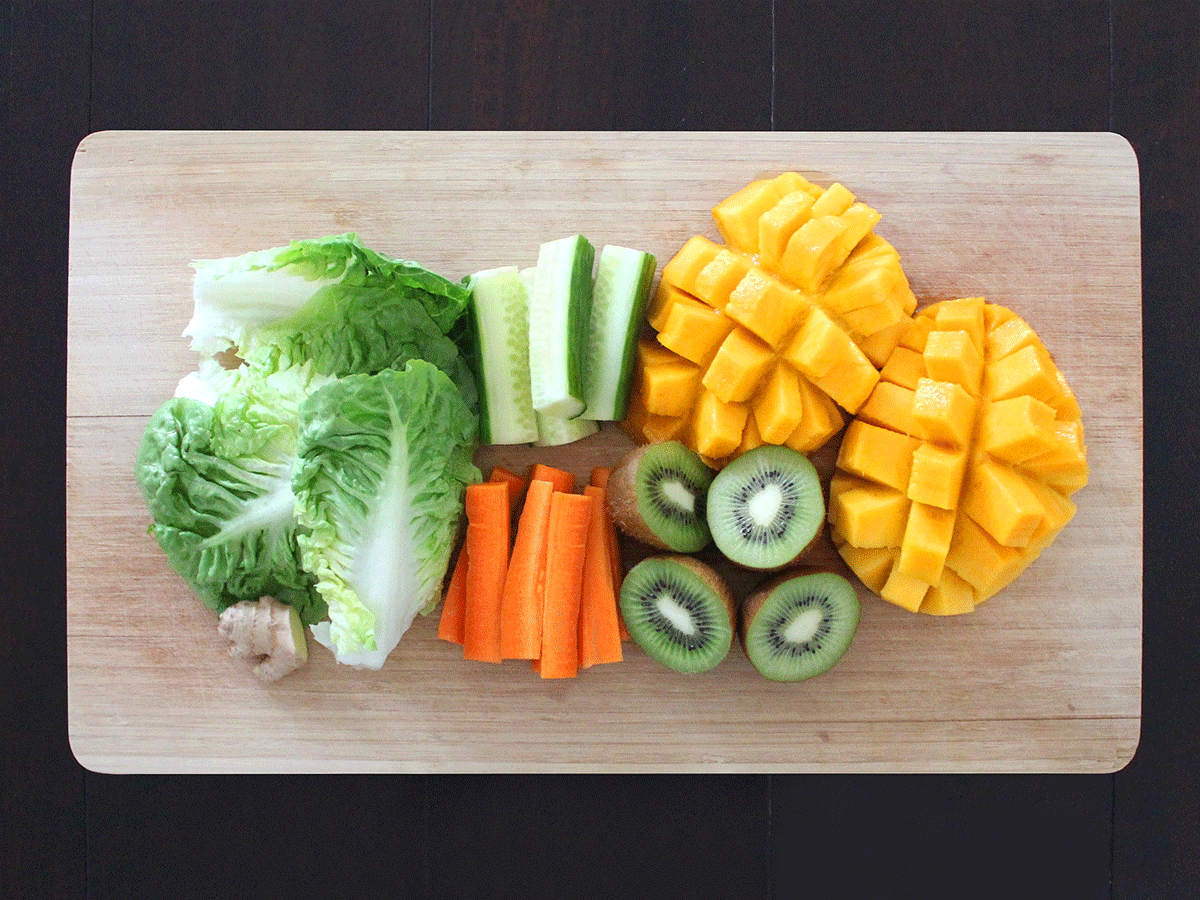
Try a fruit and veggie box service
Boost the variety of foods in your diet by signing up for a fruit and vegetable box service. (What’s more, it eliminate your need to buy lunch every day, which can help you save money.) You may end up occasionally getting produce you have no idea what to do with, but the Internet is your friend when you need to learn how to cook something. You just might discover a new favourite.
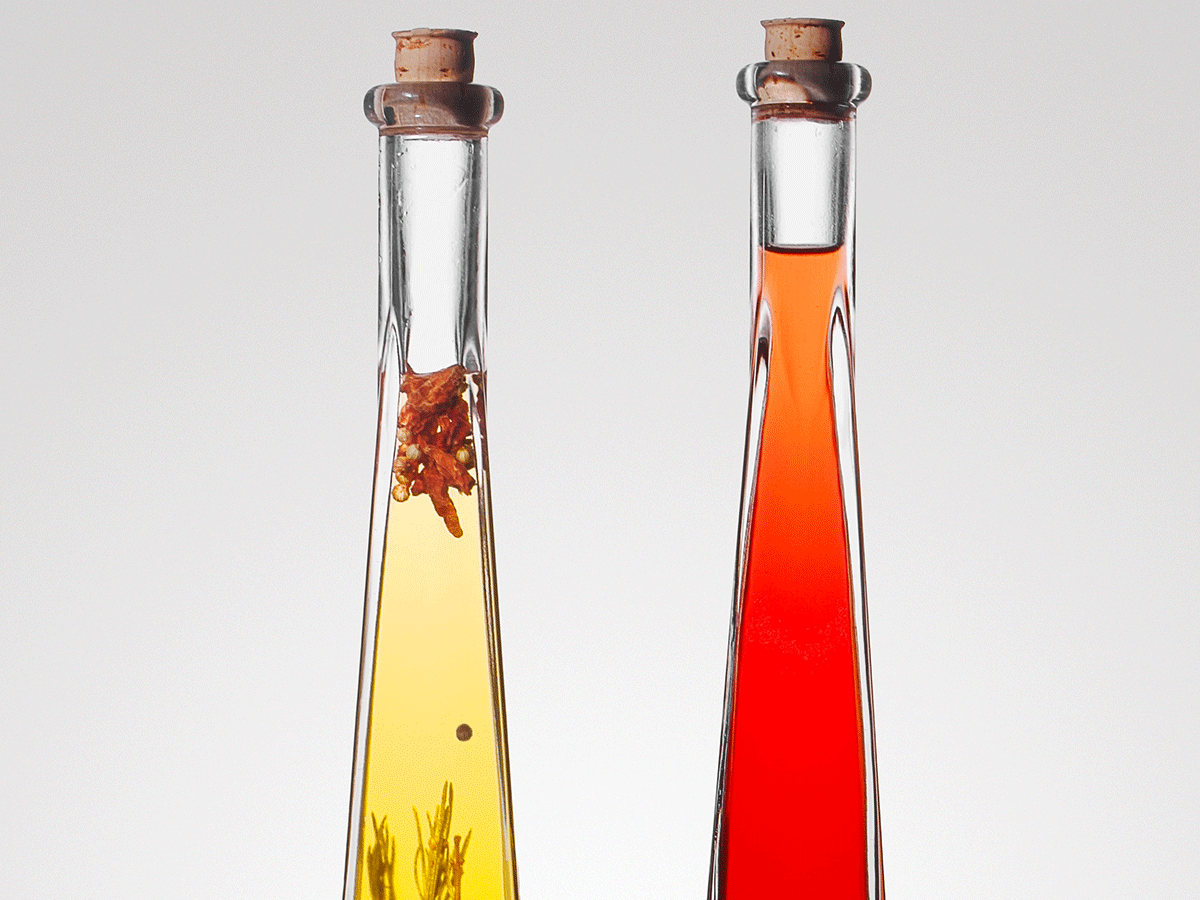
Add less dressing
Less is typically more when it comes to dressing a salad. However, if you make your own with healthy fats like extra-virgin olive oil, you can use one to two tablespoons, since healthy fats are essential for the absorption of many of the nutrients your salad contains. Chefs like Gordon Ramsay and Bobby Flay suggest you either put the salad dressing in first or dribble it down the sides of the bowl beside the greens, then use clean hands to gently toss the leaves. (Psst: Learn how olive oil benefits your health.)
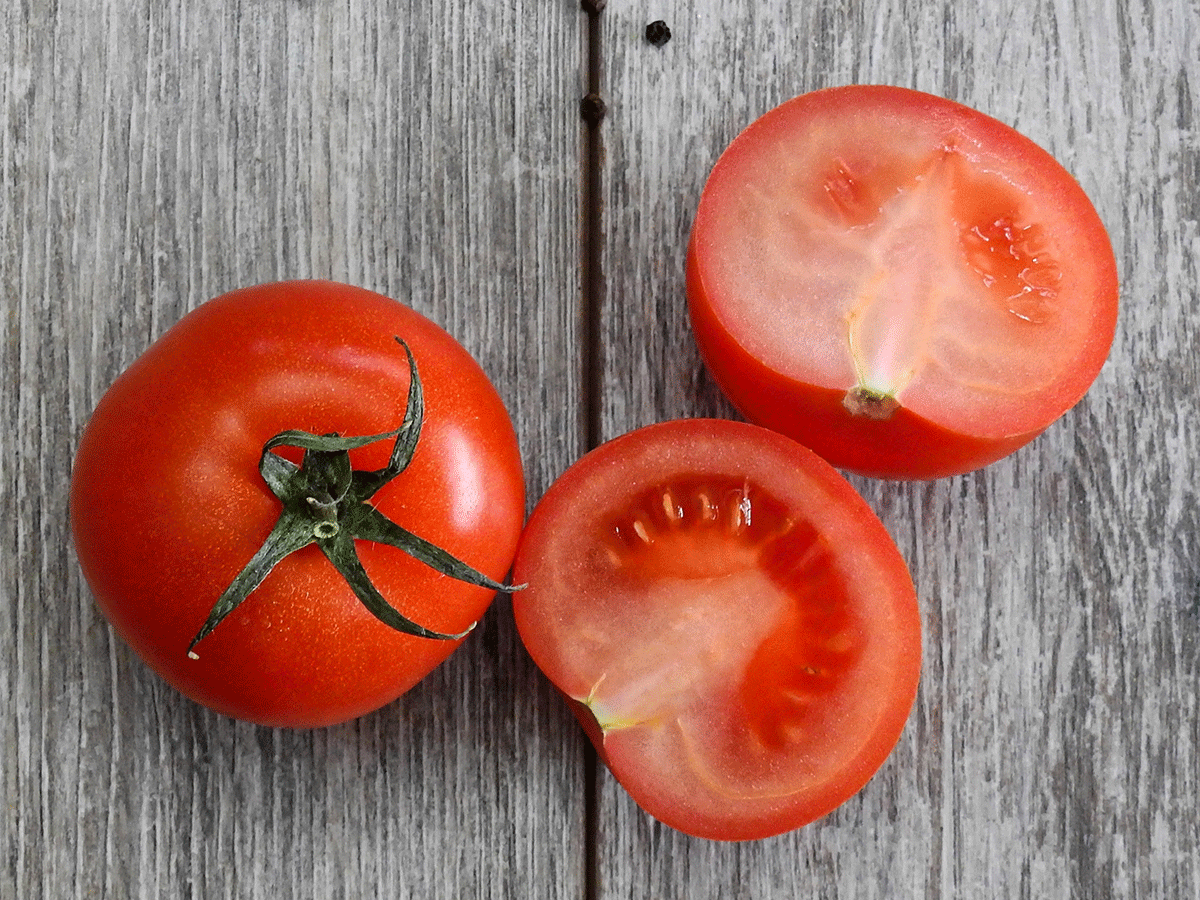
Keep the seeds
Whole tomatoes, for instance, are best because their nutritional sum is greater than their parts, says Schwartz. Canned can be just as good as fresh, as long as you choose wisely. Go for diced tomatoes that haven’t been peeled or whole tomatoes with the peel, says Schwartz. “If you take off the peel, you’re losing a lot of the lycopene, the red pigment that offers the antioxidant benefits. And if you remove the seeds, you lose the anti-clotting benefits from the gel-like substance around the seeds.” (Worried about lectins? Here’s what you need to know about the seeds in fruits and vegetables.)
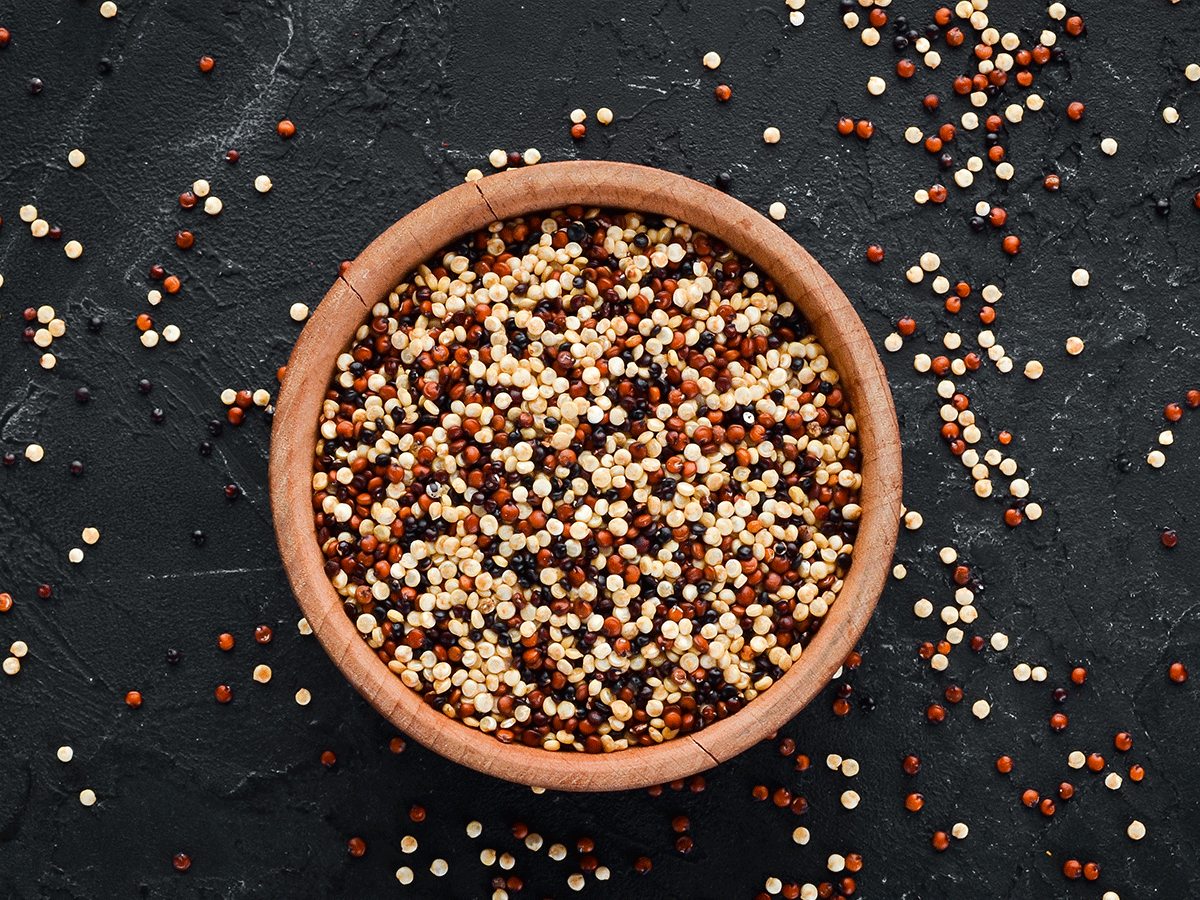
Plan meals ahead
You’re less likely to fall back on old habits (like grabbing takeout) if you make a meal plan for the week. One simple time saver is to cook a double batch of protein-and-mineral-packed quinoa on Sunday. It keeps in the fridge for up to five days and you can use it as a base for a number of dishes, including stir-fries and salads, which are easy to throw together yet filling. (Also, try out black bean quinoa vegan burgers.)
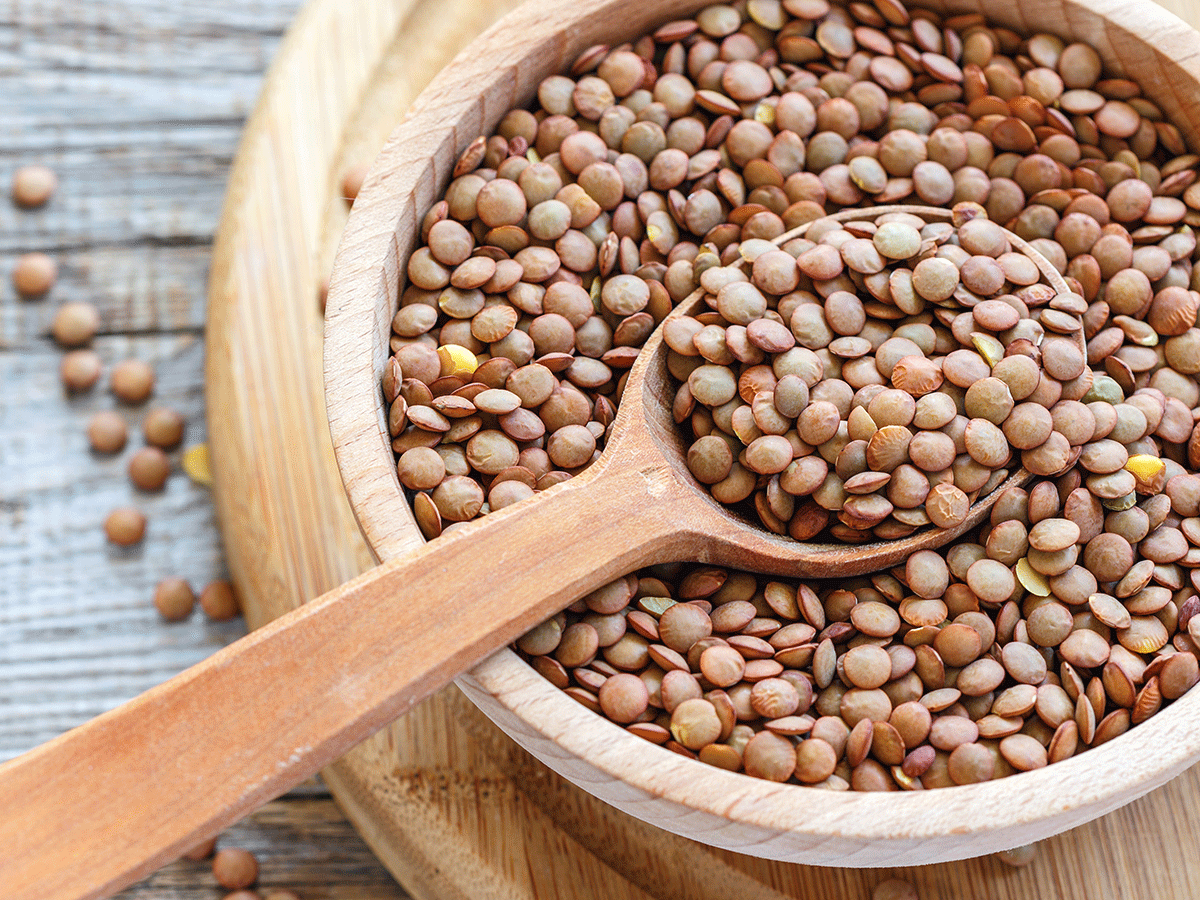
Love your lentils
Lentils are loaded with fibre and protein, making them a fantastic food for controlling blood sugar and helping you manage your waistline (they also reduce your cholesterol). Rinse canned varieties to lower your salt intake. If you’d prefer to process them yourself, soak and cook a bunch at once, divvy them up (a typical can holds a little more than two cups of lentils) and pop them in the freezer. Thaw and add them to stews and soups, or bake with them – lentil cake is delish. (Try our roasted winter squash and quinoa salad.)
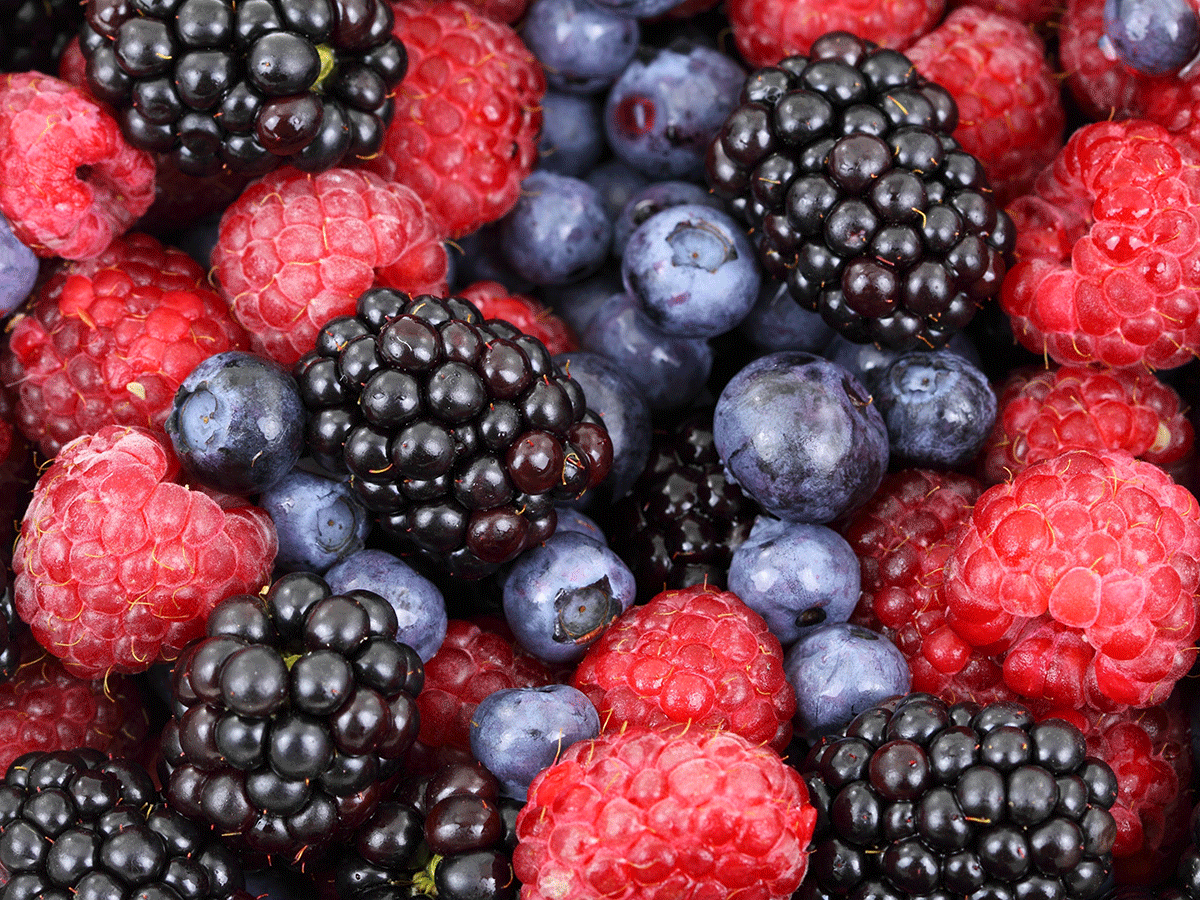
Look beyond local produce
Local fruits and veggies are ideal, when they’re in season—asparagus, radishes and spinach should be ready soon—but in the middle of winter, the selection can be limited. Opt for imported produce as long as it tastes good (no need to waste money on gritty peaches you won’t enjoy), or try frozen fruits or veggies, which Schwartz says, “can be local, fabulous-tasting and full of nutrition.” (Also, check out the canned foods nutritionists actually buy.)
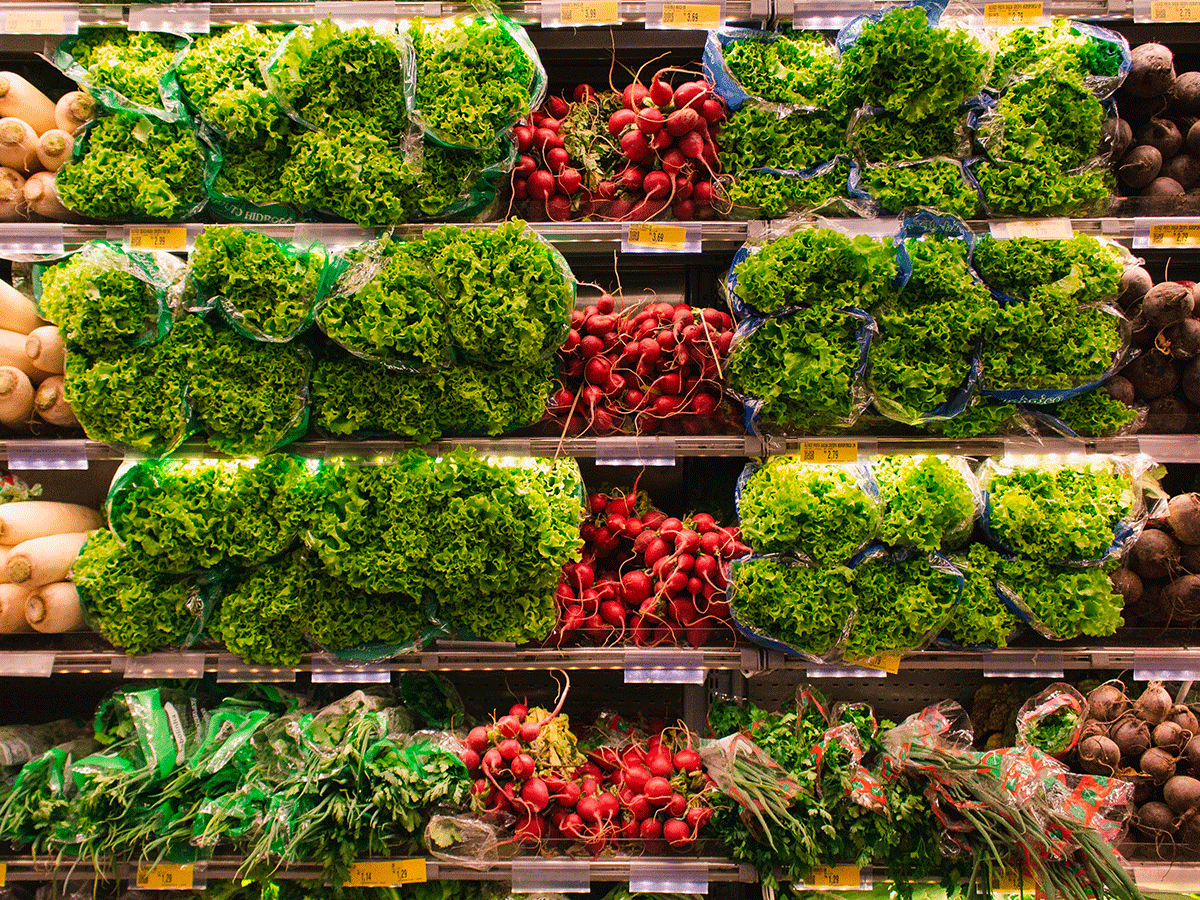
Eat your greens
Green vegetables are full of vitamins, minerals and phytonutrients and are packed with energy-boosting chlorophyll, which helps increase red blood cells necessary for delivering oxygen to cells. Try watercress, recently named the most nutrient-dense vegetable in a study published in the journal Preventing Chronic Disease (kale was number 15, behind such pedestrian greens as romaine lettuce and spinach). Try watercress in salads or soups or blanched and mixed with minced garlic and sesame oil.

Think before you chew
Write down what you’re about to eat before you eat it, suggests Schwartz. It will help you take pause, which will give you a chance to consider if it’s the right choice for you. It’s a good strategy if you’re trying to change your eating habits or maintain new ones. (See how mindful eating can help you lose weight.)
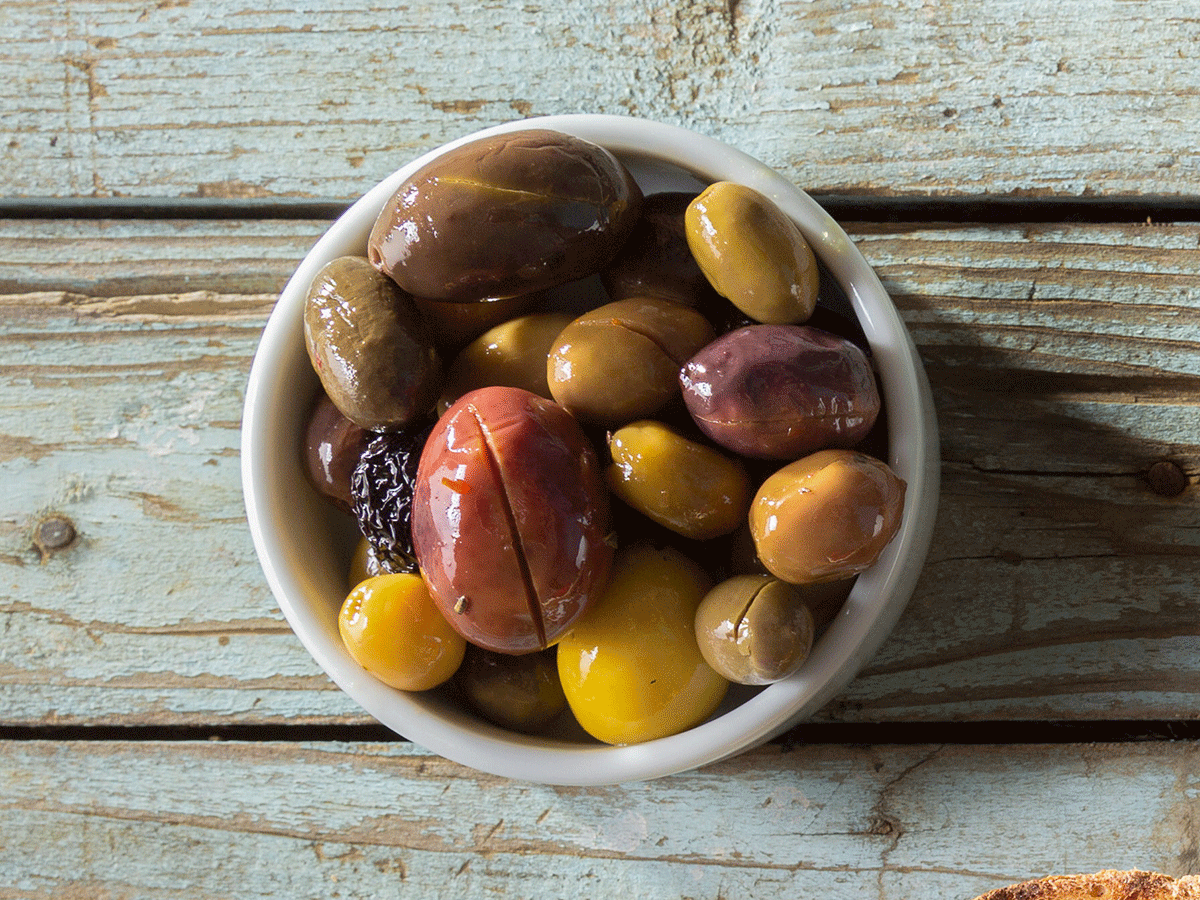
Pass on the salt
“Instead of heavily processed table salt, add olives to your dish (if the taste fits) or blend naturally salty celery into soups and salad dressings,” says Kotsopoulos. See the signs you’re eating too much salt.
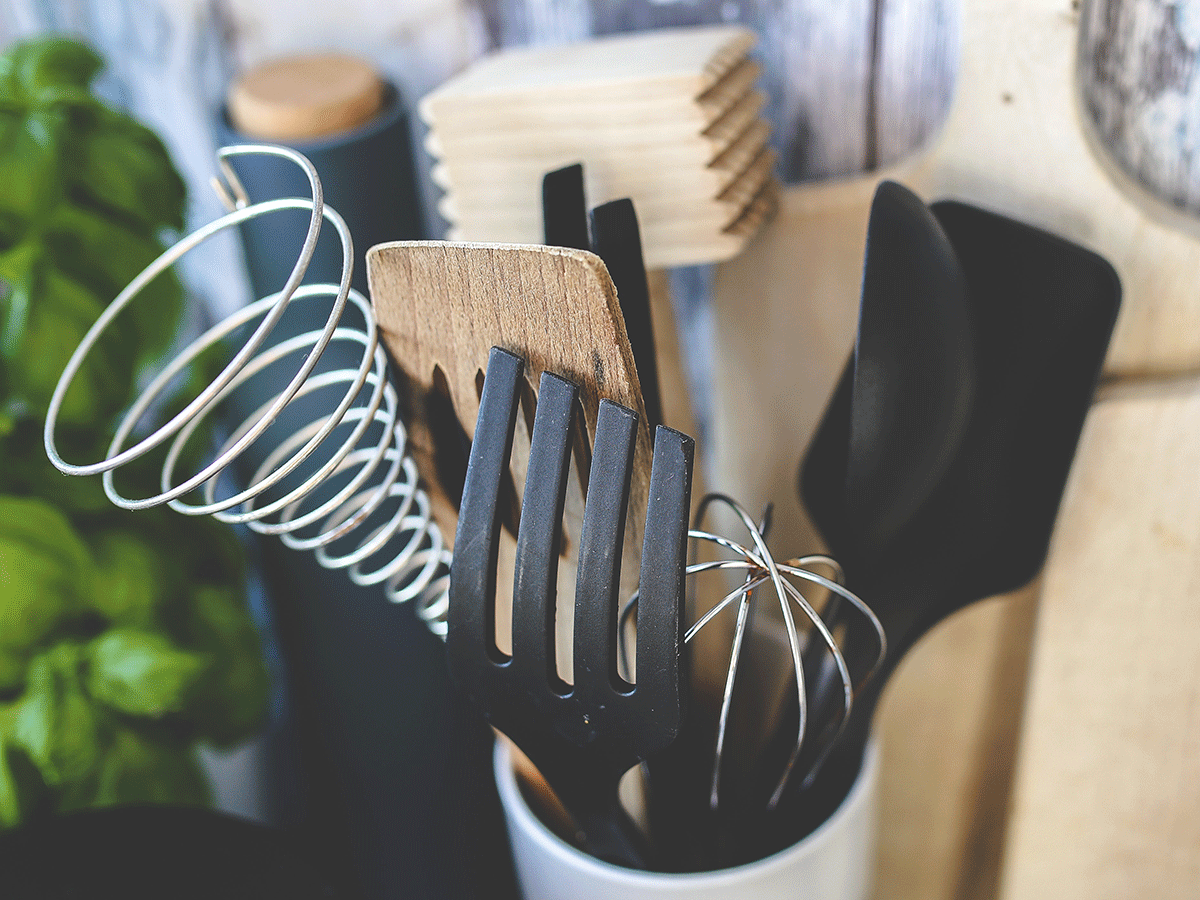
Invest in kitchen tools
Committing to clean eating means you’ll cook from scratch more often, so make things easy on yourself by buying a top-notch chef’s knife to make chopping a breeze. If you already have a great knife, do keep it sharp; it’s easier to cut yourself with a dull blade.
And, if you don’t already own one, consider investing in an enamel Dutch oven. It’s the perfect piece of crockery for cooking nourishing soups and even baking bread! (Once you invest in one, here’s how to clean a Dutch oven.)
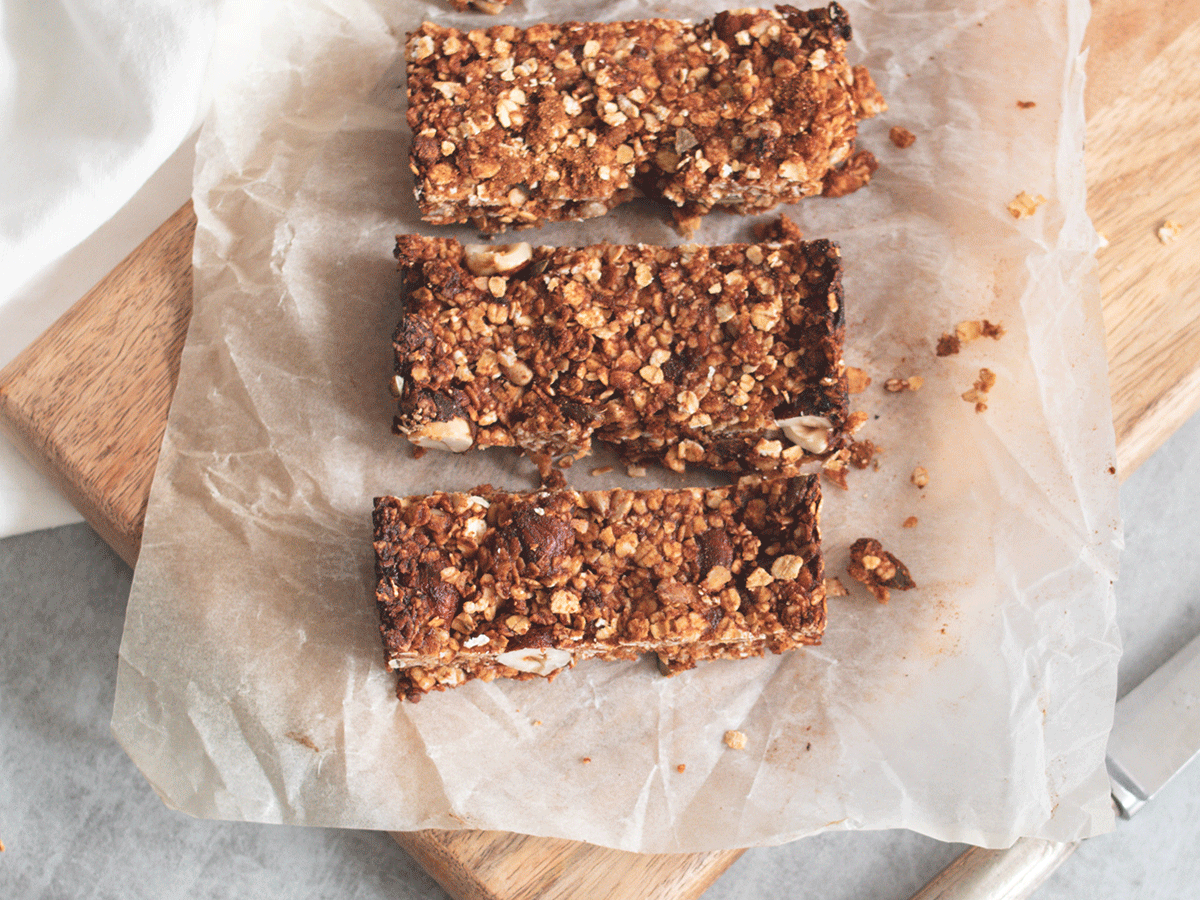
Snack smarter
Snack foods are notoriously full of refined ingredients, so make sure to read the labels when buying bars, crackers or other snacks. There are decent options out there, but you want to try to find something with as few ingredients as possible and look for whole grains. Both Schwartz and Kotsopoulos recommend fresh fruit, nuts (with skin), cheese and dried fruit as healthy snack options. Check out our best healthy bites, balls, and bars.
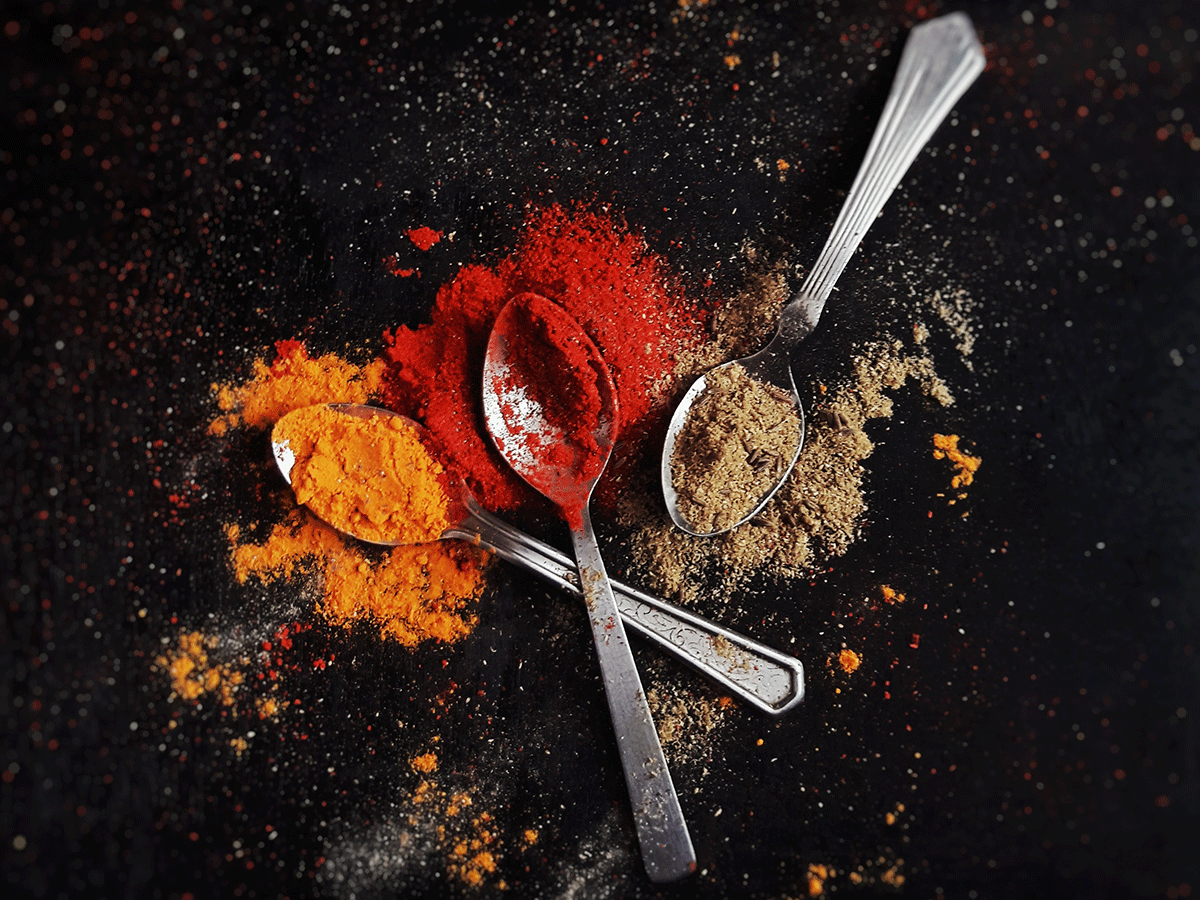
Skip seasoning mixes
Those pouches of prepackaged spices for tacos or soups are often high in sodium and preservatives. Instead, play around with ingredients like ground cumin (which is a good source of iron), chili powder, paprika, dried oregano, cayenne or other dried and ground peppers, and garlic powder to find the right flavour match for your next batch of tacos or burritos. Feel free to use dried herbs; they have stronger flavours than fresh, says Kotsopoulos, which make them great for cooking. One caveat: They lose some of their nutritional profile if they sit in your cupboard for too long, so remember to rotate your stock. (Learn why adaptogens are a hot food trend this year.)
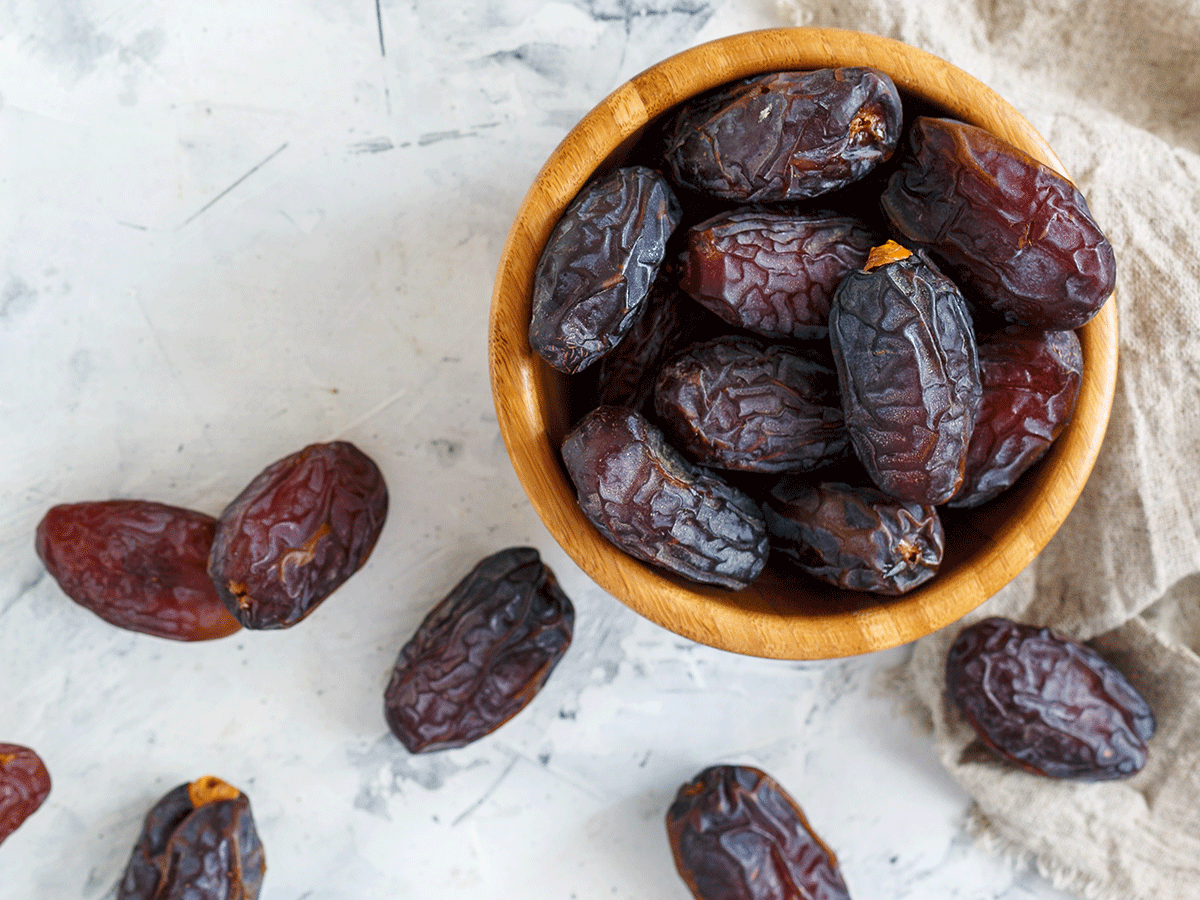
Make a date with dates
They’re a fantastic natural sweetener for homemade treats like pudding, energy bites and smoothies. Not only do dates have a low glycemic index but they also contain fibre, which will keep you satisfied for longer than your usual go-to sweets, like candy, chocolate and cookies.
Next, learn the benefits of a low residue diet.
